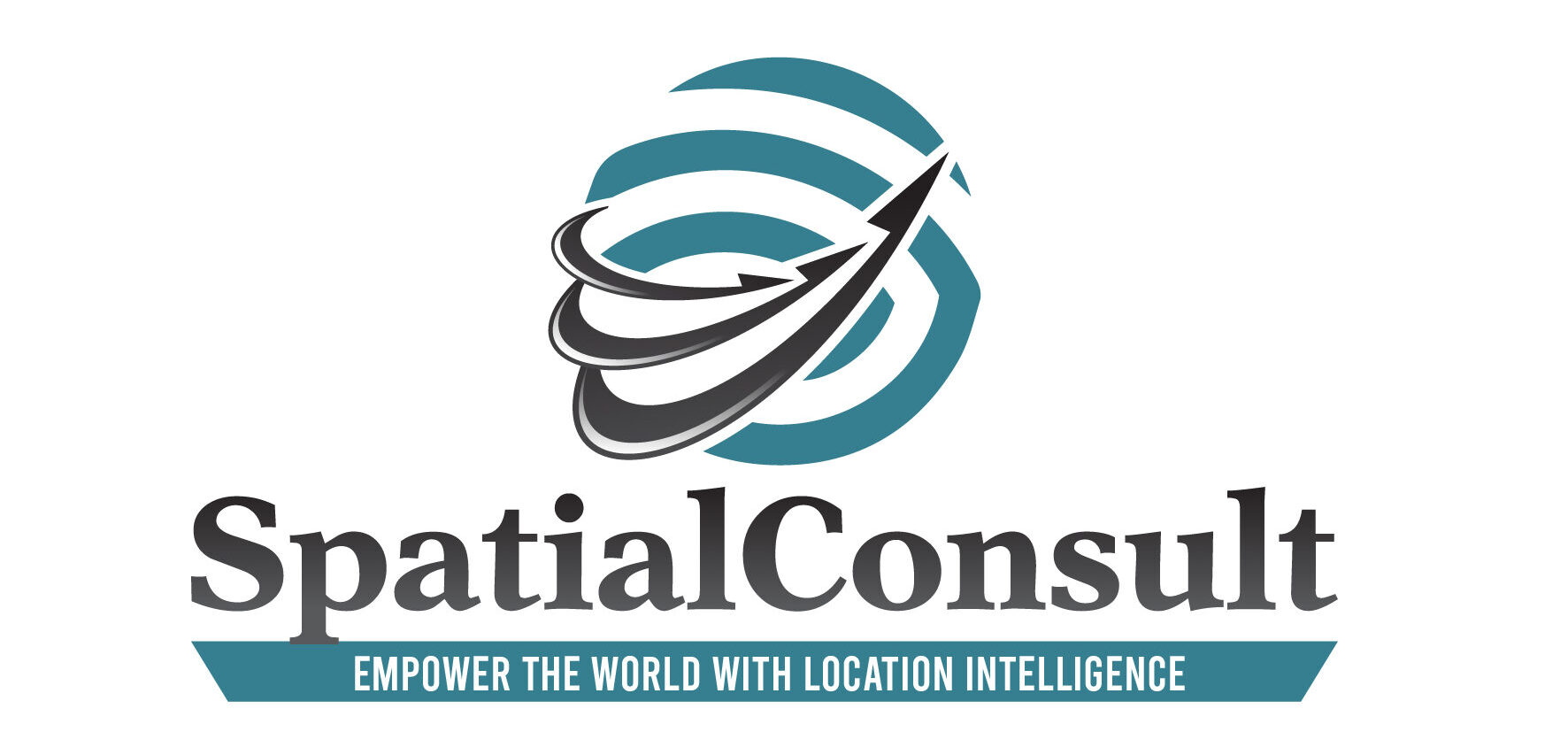Power BI is a powerful business intelligence and data visualization tool developed by Microsoft. It allows users to connect to various data sources, transform and model the data, and create interactive reports and dashboards. When combined with Geographic Information Systems (GIS) data and capabilities, Power BI becomes even more valuable for visualizing and analyzing spatial information. Here’s how you can explore Power BI with GIS:
Data Source Connection: Power BI supports various data sources, including spatial data from GIS databases (such as Esri ArcGIS, PostgreSQL/PostGIS, Microsoft SQL Server with spatial data support, etc.). You can connect directly to these data sources or import spatial data files (e.g., Shapefiles, GeoJSON, KML) into Power BI.
Geospatial Visualization: Power BI allows you to create geospatial visualizations using built-in map visuals. You can plot points, lines, and polygons on a map, color them based on attributes, and customize the map’s appearance.
Location Intelligence: Utilize Power BI’s mapping capabilities to gain location-based insights. Analyze patterns, trends, and relationships within spatial data, such as customer distribution, sales territories, or service areas.
Data Enrichment: Combine GIS data with non-spatial data sources to enrich your analysis. For instance, you can overlay demographic data or socio-economic information onto your spatial data for a more comprehensive understanding.
Spatial Analysis: Leverage Power BI’s analytical capabilities to perform spatial analysis. Calculate distances, areas, intersections, and other spatial measurements within your data.
Drill-Through and Filtering: Create interactive dashboards that allow users to drill through the data by clicking on map elements or using filters. This enables deeper exploration of spatial relationships and patterns.
Custom Visuals: Power BI supports custom visuals, and there are third-party visuals available that provide advanced geospatial functionalities. Explore these options to enhance your GIS capabilities within Power BI.
Real-Time Tracking: Combine real-time data streams with GIS information to create dynamic maps that show live movements, changes, or events.
Storytelling: Use Power BI’s storytelling features to guide viewers through your spatial analysis, explaining the significance of different spatial patterns and trends.
Publishing and Sharing: Once you’ve created your GIS-enabled reports and dashboards, you can publish them to Power BI Service or Power BI Report Server. This allows you to share your insights with colleagues, stakeholders, or the public, while maintaining interactive map capabilities.
Integrations: Power BI can be integrated with other GIS platforms and tools. For example, you might use Power BI to visualize data from an Esri ArcGIS Online account.
